Breaking News
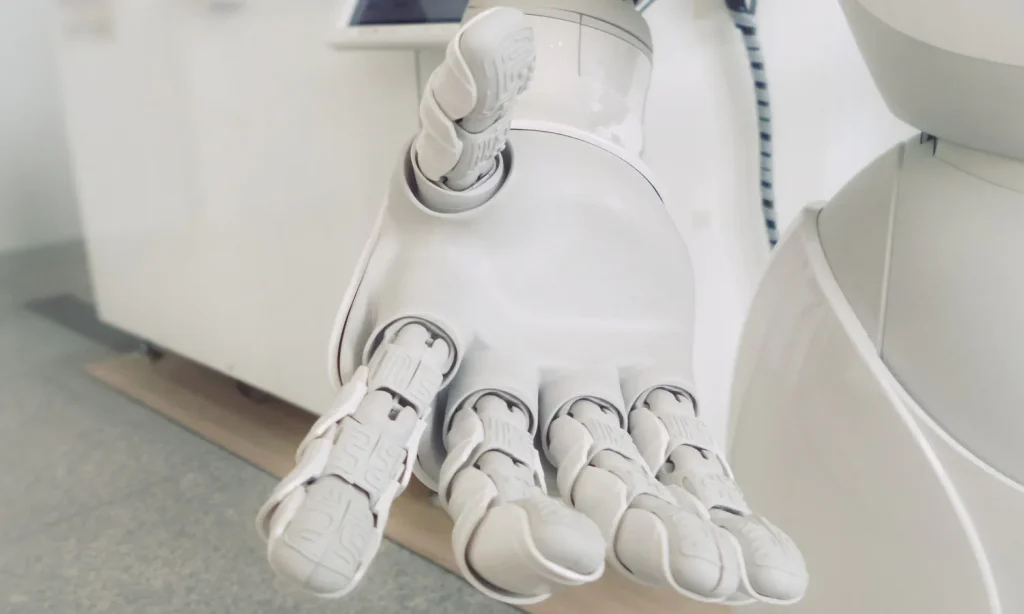

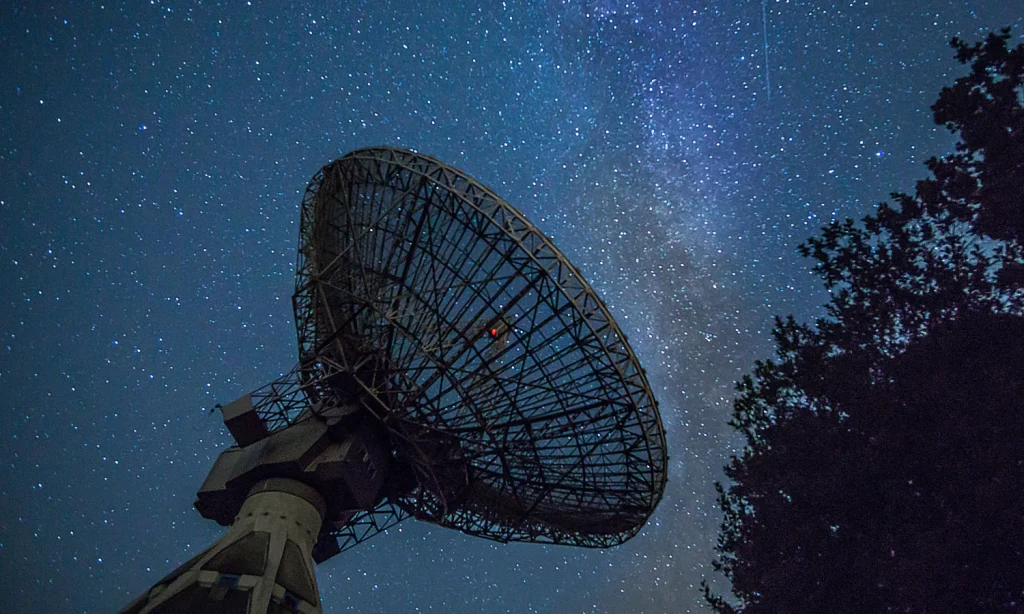
Popular News
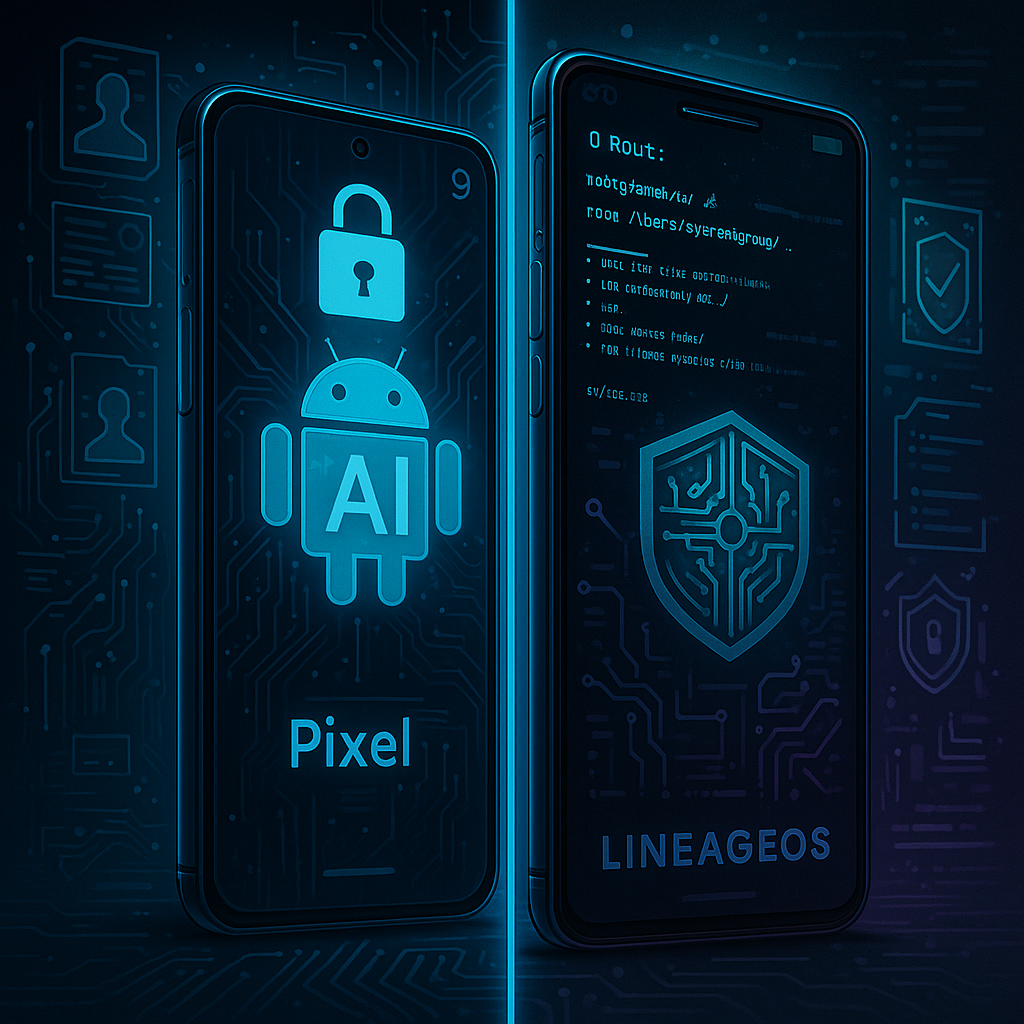




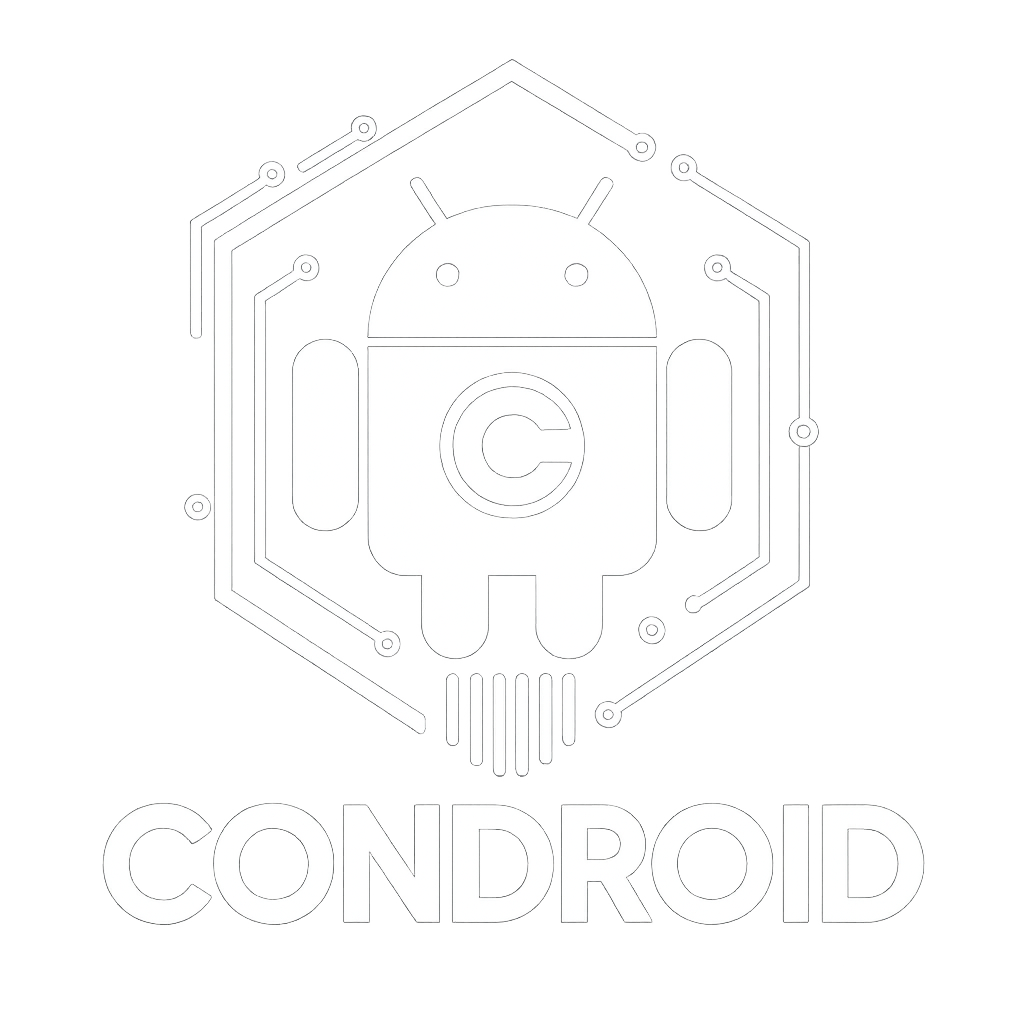
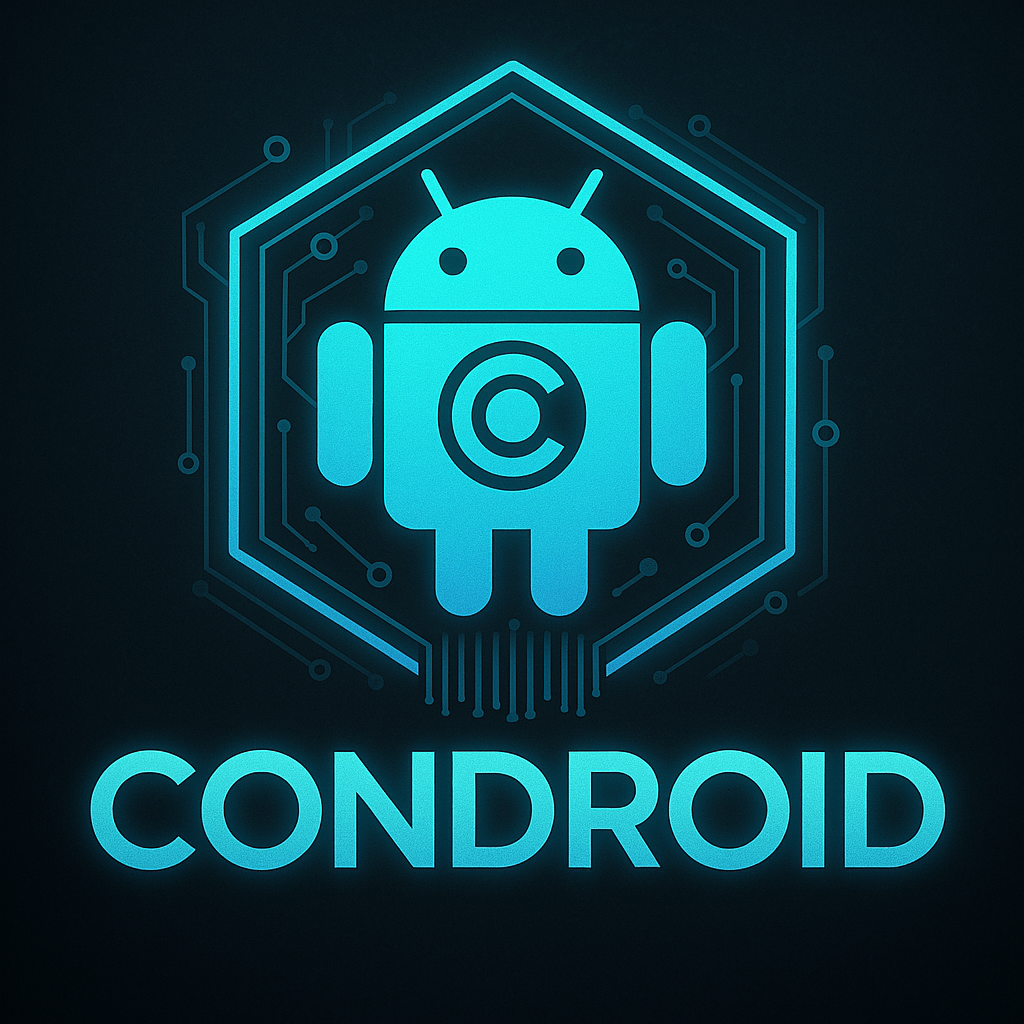
Enter your email address below and subscribe to our newsletter

The AI chatbot landscape in 2025 resembles a high-stakes arms race where incremental improvements carry massive implications. According to the 2025 AI Index Report, the Elo score difference between the top and 10th-ranked model on the Chatbot Arena Leaderboard was 11.9% last year. By early 2025, this gap had narrowed to just 5.4%, with the difference between the top two models shrinking from 4.9% in 2023 to just 0.7% in 2024.
This convergence in performance metrics tells a story of mature competition, where the differentiators increasingly lie in specialized capabilities, architectural choices, and user experience philosophy rather than raw computational power.
OpenAI, DeepSeek, and Google models are generally ranked at the top regarding demonstrated intelligence in reasoning, knowledge, and coding. However, the landscape is more nuanced than simple rankings suggest. Each major player has carved out distinct advantages that make direct comparisons both essential and misleading.
ChatGPT remains the market leader, but its growth has eased as both Google and Microsoft release improvements to their AI assistants. OpenAI’s dominance stems not from technical superiority alone, but from ecosystem maturity and strategic positioning.
Technical Strengths:
Coding Performance: In coding tasks, GPT-4o takes the lead, followed by Claude 4, and then Gemini 2.5 Pro. However, this varies significantly by task complexity and programming language.
Limitations:
Claude 4 represents Anthropic’s most ambitious release yet, positioning itself as the technical professional’s preferred tool. Based on reviews from programmers, the consensus is that GPT-4o—while powerful—still lags behind Claude Sonnet 4 in coding abilities.
Technical Architecture:
Coding Excellence: The programming community has embraced Claude 4 for its methodical approach to code generation and debugging. While Claude 4 provided a more detailed and educational approach, it is more verbose. This verbosity, often seen as a limitation in casual use, becomes an advantage in professional contexts where understanding the reasoning behind code is crucial.
Ethical Framework: Claude also includes many more ethical guardrails than ChatGPT or Gemini, as part of Anthropic’s mission is to ensure Claude’s output aligns with user values and isn’t providing harmful answers. This is why Claude is better suited to tasks that are more focused on the craft of writing.
Limitations:
Gemini 2.5 Pro represents Google’s most sophisticated attempt to leverage their vast data ecosystem and computational infrastructure. The model’s strength lies in its integrated approach to multimodal understanding.
Multimodal Capabilities:
Technical Performance: Vectara’s hallucination leaderboard noted that Gemini 2.0-Flash produced the least hallucinations, then GPT-4.5 before Claude 3.7. This accuracy advantage becomes crucial in enterprise applications where factual precision is paramount.
Coding Approach: Gemini 2.5 Pro gave a concise method, but used INT_MIN initialization, which is a risky approach. This reflects Gemini’s tendency toward efficiency over safety in code generation.
Limitations:
Microsoft’s approach differs fundamentally from pure-play AI companies. Rather than competing on raw capabilities, Copilot focuses on seamless integration within existing enterprise workflows.
Enterprise Advantages:
Technical Approach:
Limitations:
The coding capabilities hierarchy has crystallized around specific strengths:
With so many options available—GPT-4o, Claude 3.5 Sonnet, DeepSeek-R1, Gemini 2.0 Pro, and more—choosing the best AI for coding in 2025 is no easy task. Some models excel in structured problem-solving, while others shine in reasoning and contextual understanding.
Claude is better suited to tasks that are more focused on the craft of writing due to its nuanced understanding of language structure and semantic relationships. However, ChatGPT’s personality and conversational flow make it superior for casual content creation.
Gemini 2.0-Flash produced the least hallucinations, then GPT-4.5 before Claude 3.7. This accuracy ranking becomes crucial when considering these models for research and fact-checking applications.
The fundamental architectural differences between these models reveal distinct philosophical approaches:
Context Window Strategy:
Training Data Philosophy:
Inference Optimization:
The difference between the top two models shrank from 4.9% in 2023 to just 0.7% in 2024. This convergence forces a shift in evaluation criteria from raw performance to specialized capabilities and user experience.
The differentiation now occurs in:
For Android developers and mobile technology professionals, these chatbots represent more than productivity tools—they’re reshaping development workflows:
Code Generation: Claude 4’s educational approach helps developers understand generated code, while ChatGPT’s versatility covers more frameworks.
API Integration: All major models now offer APIs that can be integrated into mobile applications, but with varying rate limits and capabilities.
Edge Computing: The push toward on-device AI makes understanding these models’ architectures crucial for mobile optimization.
In 2025, AI chatbots increasingly incorporate emotional intelligence to enhance user interactions. The next wave of competition will likely focus on:
The question “which chatbot is best?” has no universal answer in 2025. Each model has carved out distinct advantages:
The rapid convergence in capabilities suggests that the future of AI chatbots lies not in universal models, but in specialized tools optimized for specific workflows and use cases. For developers and technology professionals, the key is understanding these strengths and choosing the right tool for each specific task.
The chatbot wars of 2025 aren’t about finding a single winner—they’re about navigating a landscape where each model’s unique strengths can be leveraged for optimal results. The winners will be those who understand these nuances and can effectively integrate multiple AI tools into their workflows.